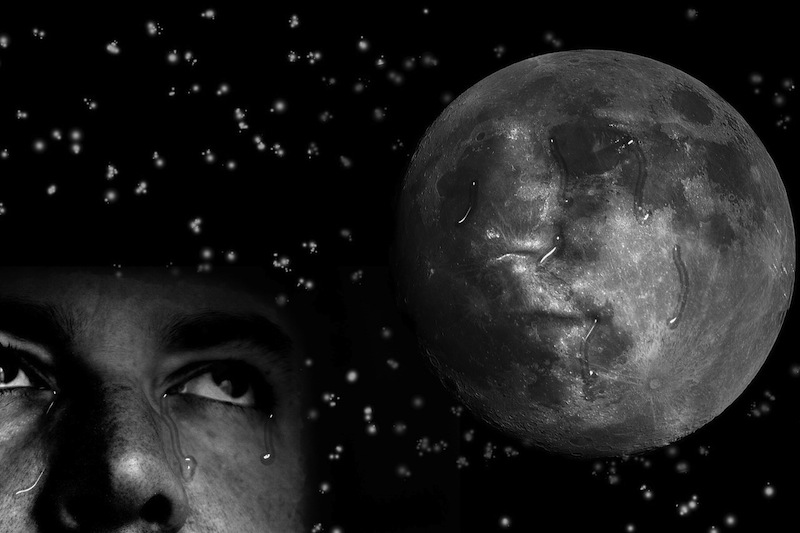Body
We often speak of seeing “the man in the Moon.” Indeed, an image of a face seems to be imposed on the Moon’s shining face.
Since ancient times and across many cultures, people have imagined different images on our Moon’s illuminated surface.
- In Polynesia it is “the Woman in the Moon,” and she has her child with her.
- The Selish Indians of the American Northwest see a toad.
- Other cultures see a man with a bundle of sticks on his back, a giant, or a hunchback.
- The Japanese and some East Asian cultures see a rabbit.
- In India, moon-gazers see a pair of hands.
- Scandinavians see a boy and girl holding a water bucket. From this image comes the Jack and Jill nursery rhyme!

Of course, in Western culture, we often say that we see “the man in the Moon.” Faces are often the very first images that we see as infants as we attempt to recognize our parents’ faces. Recognizing an individual’s face is so important in our culture that it might not be surprising that our brain tends to look for a face in something as elemental as our Moon.

What each of us sees in the Moon is also related to where we live on Earth’s surface—and our perspective when we look up at this celestial objective. We see different light and dark colors due to the varied mountainous and volcanic areas of the Moon, and we see different curves and contours.
What do you see in the Moon tonight?












Comments